Well before the wide release of Spider-Man: Homecoming, early preview reviews started rolling out and proclaiming the film to be fantastic. I was a little worried that much of the hype was overblown; that the reviewers were overlooking the movie’s flaws just because they were happy to have Spider-Man as part of the Marvel Cinematic Universe. Granted, I had no reason to feel this way having not seen the movie, but that’s just the anxiety in me. After seeing Spider-Man: Homecoming, however, I realize just how silly this notion was.
For starters, Homecoming doesn’t get bogged down in an origin story. One of movie-goers’ biggest complaints is that the first film in every super hero series is an origin. Most often, it’s necessary to establish where the character comes from. Sometimes, a movie is directed well enough that the audience doesn’t realize they’re watching an origin. For Spider-Man: Homecoming, there’s a quick scene recapping Peter Parker’s (Tom Holland) experiences in Berlin prior to his debut in Captain America: Civil War and how Tony Stark (do I even need to put “Robert Downey Jr.” here?) gave him his suit but that’s it. They make references to the spider that bit him but we never see it happen. Thankfully Marvel and Sony understood that audiences know how Peter became Spider-Man.
As a character, Spider-Man has always been about dichotomy, and Homecoming recognized that. Peter Parker is the timid, nerdy, powerless kid but he’s also the strong super hero who can do amazing things. In the movie, though, we see this power divide almost everywhere. Spider-Man wants t do more and help people on a grander scale but Tony Stark limits his abilities and keeps him grounded. Adrian Toomes, the villainous Vulture played by Michael Keaton, is a hard-working, blue-collar salvage worker whose life is threatened when a powerful government organization comes in and claims authority over his jobsite. We can understand his fear and need to do whatever he has to in order to provide for his family. (This was also a nice way to tie Homecoming into the MCU and the events that transpired in Avengers.)
Spider-Man: Homecoming also places a lot of focus on Spidey’s supporting characters. Peter’s best friend, Ned (played by Jacob Batalon, who looks more like Ganke than Ned Leeds but I digress), gets almost as much screen time as Peter himself. School bully Flash Thompson (Tony Revolori) shows up often and is much more than a one-note trick than previous portrayed in the other movies. Even a character like Michelle has an abundance of screen time, but that’s to be expected when they put someone like Zendaya in that role.
All of this works to make Spider-Man: Homecoming feel like a true Spider-Man movie. Spider-Man has always been about the people around him. Seventy plus years of comics show us that Spider-Man became the hero he is because of his affection for his friends, and even his tormentors. Previous cinematic versions of Spidey never really got that ideal, or at least never expressed it as well as Homecoming did.
One of my biggest complaints about Homecoming is the way it handled Peter Parker. As the quiet, nerdy kid, Peter either gets picked on or ignored. He lives with his elderly Aunt May, who no doubt maintains her household while living on a fixed income. Peter feels that financial crisis and decides to help carry the burden. However, in Homecoming, Peter isn’t like that. Sure, he gets picked on by Flash Thompson, but overall he has a few close friendships. His peers find value in his intelligence and every time they’re disappointed by him it’s through his own actions. Even Aunt May (Marisa Tomei) is younger and prettier than her other incarnations (which the movie doesn’t hesitate to joke about), which allows her to continue to provide for herself and her teenage nephew. Peter’s life in Homecoming isn’t that bad.
Being Spider-Man, however, sure as hell seems like it. Homecoming manages to show audiences just how much it sucks to be Spider-Man. He gets yelled at by the public for making mistakes. His actions cause massive damage to the neighborhood he lives in. He puts his life on the line to take down a threat when no one else will listen to him. Why?
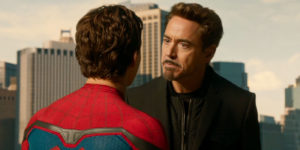 Clearly because “with great power comes great responsibility.” The beauty of Spider-Man: Homecoming is that we have a Spider-Man who understands Uncle Ben’s powerful message without having to beat audiences over the head with the phrase. Not once are those words uttered, but we see how much Peter values them. This all goes back to the lack of an origin story. Spider-Man knows when it’s time to do the right thing; whether it’s from the life lesson he learned off-screen from his Uncle Ben or from being mentored by Iron Man himself is irrelevant. It’s a notion that’s inherent in this version of Spider-Man.
Clearly because “with great power comes great responsibility.” The beauty of Spider-Man: Homecoming is that we have a Spider-Man who understands Uncle Ben’s powerful message without having to beat audiences over the head with the phrase. Not once are those words uttered, but we see how much Peter values them. This all goes back to the lack of an origin story. Spider-Man knows when it’s time to do the right thing; whether it’s from the life lesson he learned off-screen from his Uncle Ben or from being mentored by Iron Man himself is irrelevant. It’s a notion that’s inherent in this version of Spider-Man.
There’s lots of things to enjoy about Spider-Man: Homecoming; all of the excellent performances of the cast, most notably by Holland and Keaton, the return of Jon Favreau as Happy Hogan in a true supporting role, and all of the small throwbacks and references the filmmakers added. Overall, what I liked about Homecoming is that this is the closest a movie version of Spider-Man has ever gotten to its comic book roots. The young Peter Parker/Spider-Man has a lot to learn, not just about being a hero but about life in general. They’re not fast forwarding through his growth but allowing audiences to experience it first-hand, which is the most exciting part of the story.
Grade: A
San Diego Comic Con is just about a month away and there’s a ton of stuff that we’re excited to see come out of the show, like the big announcements from all of the major movie and TV studios and comic book big (and little) shots. However, one of the major draws to the West Coast mecca for geek culture is the exclusive toys that are available at the show.
Over the last couple of weeks, Funko, the purveyor of fine Pop! vinyls, has announced their lineup of SDCC exclusive figures. We have compiled everything right here for you so you can decide before you go which ones you can’t live without (or salivate over the exclusives you’ll need to hunt down on eBay if you can’t make it to San Diego).
Back in 2014, the world was shocked to find itself entertained by a hard sci-fi comic book movie with a main cast that featured a talking raccoon and a giant tree. Three years later, audiences eagerly anticipated the sequel to that film and here we are, talking about Guardians of the Galaxy Vol. 2. But does the second film live up to the expectations set by the first?
Guardians Vol. 2 opens on the team, composed of Star-Lord (Chris Pratt), Gamora (Zoe Saldana), Drax (Dave Bautista), Rocket (voiced by Bradley Cooper) and Groot (voiced by Vin Diesel), facing off against a pink, undulating, multi-tentacled creature at the behest of a race of beings called the Sovereign. It’s a fun scene that helps set the tone of the film and reminds audiences that they’re in for a good time.
The casting of Guardians of the Galaxy Vol. 2 is definitely one of the films’ strong points. In addition to our core line-up, we are introduced to a few new characters. The first is Ego, played masterfully by Kurt Russell. We learn that Ego is Star-Lord’s father (not a spoiler) and wants to reconnect with his son (possibly a spoiler, if you couldn’t have deduced that yourself). Russell has such a great on-screen presence that he’s a joy to watch as Ego. He exudes charm in such a way that you believe him to be Star-Lord’s father; there’s no denying these two are cut from the same cloth.
The idea of “Family” is a main theme in this movie. They touched on this a bit at the end of the first film, where the cast begin to see themselves as a makeshift family. This time, with Star-Lord meeting his father, they elevate the theme. But we also see it with Gamora and Nebula (played by Karen Gillan), a pair of sisters who were always at each others’ throats. In Vol. 2, they spend more time together and begin to understand each other better. Also, Baby Groot exemplifies the theme of “Family.” Literally a toddler, Groot has an attachment to each of the Guardians, and in turn they treat him as if they were his adoptive parent. It’s very sweet in the way it’s handled.
We also meet Mantis, Ego’s handmaiden. As a full-fledged Guardian in the Dan Abnett/Andy Lanning comic book series, it’s no surprise to learn that Mantis would eventually join the team. Played by Pom Klementieff, Mantis was fun to watch on screen. Her ability to feel the emotions of other by touching them made for a few humorous moments, and though she served a purpose to the plot, I feel like her character was introduced to provide little more than that. That said, I’m happy to see her as part of the team and look forward to seeing more of her.
One character I didn’t quite get was Sylvester Stallone’s Stakar Ogord. Introduced early in the film, Ogord was used as a foil to Yondu (Michael Rooker), and shame him for his past transgressions. Ogord doesn’t make another appearance until the very end, at which point he’s given his very own post-credits scene that points to the character doing something more meaningful. Which makes sense considering they cast goddamn Sylvester Stallone in the role. Whatever it is that writer/director James Gunn has planned for him, I can’t even fathom. To me, his inclusion in the film felt shoehorned and overblown and I could have done without it.
With the exception of Star-Lord, who learns about his heritage, we don’t get a lot of development in the main cast. Some of their backstories are expanded on but it mostly feels like a retread of what we already learned about them in the first film. Instead, the secondary cast gets to step into the spotlight, as Gunn dives into the histories of both Nebula and Yondu. We get a peek into why Nebula resents Gamora so much. Concerning Yondu, we get to delve into his relationship with Star-Lord, which was touched upon a little in the first movie but Gunn really goes in depth here. It makes for a touching story but if you spend enough time thinking about it, it becomes downright unsettling
Guardians of the Galaxy Vol. 2 is dripping with sentimentality. Mostly it’s handled well; it doesn’t get overly dramatic, like Rocket’s reaction to Groot’s “death” at the end of the first film. However, given the emotions that are boiling over, Star-Lord reconciling with his father, Star-Lord’s confrontation with Gamora about their unspoken thing, and even Drax and his reminiscing about his wife and daughter, we see how despite all of their flaws, the Guardians remain human (a term used loosely given that 80% of them are aliens).
The first Guardians was impressively funny, probably the most humor-filled film in the Marvel Cinematic Universe. Rightfully, Vol. 2 manages to keep that vibe going, and they even upped the humor quotient this go around. I’m not trying to say they squeezed more jokes into the script, which, to be fair, they seem to have done. The tone of the humor was intensified, almost to the point of being cartoonish. A scene in which Yondu, Kraglin (played by the director’s brother, Sean Gunn), and Rocket make a jump to hyperspace really displays the ways James Gunn was willing to push the envelope. It works within the confines of this film, one which is willing to play around with the laws of physics, but it just seemed over the top and unnecessary. I think we’re willing to give Gunn the leeway to do things like this because his track record is relatively clean, but I hope he doesn’t press his luck too much.
One of the ways Gunn improved in the sequel is in the pacing. The first Guardians needed to build its world so some of the scenes felt longer than they should have, mostly because of the wordy exposition used to get the point across. Vol. 2, however, has pretty much established its rules, so the only wordiness is to expand character arcs. There were still quite a few wordy monologues but at least they didn’t feel as expository.
In regards to the composition of Vol. 2, Gunn uses the same formula as he did in the first one, which is the only main downside. We open with a scene from the past, cut to quirky musical intro credits, move into character intros, exposition, exposition, dramatic turn, final battle. There’s nothing wrong with working from the formula (that is, after all, how it became a “formula”), and at least Gunn manages to make this film feel different from its predecessor. If this becomes the norm, however, it could really bring down the series.
As part of the most offbeat series in the Marvel Cinematic Universe, Guardians of the Galaxy Vol. 2 could have gone in a number of directions but I’m pleased with where James Gunn chose to take it. Humanizing the cast was a great way to keep audiences connected with the characters. It was also great to see a few of the more underutilized characters from the first film get the chance to shine (while Baby Groot is the clear fan-favorite, Drax had a few pretty amazing moments). All in all, Guardians of the Galaxy Vol. 2 never lost sight of what everyone loved about its predecessor. While not perfect, it’s a fun movie that helps to elevate Marvel’s record in regard to sequels. I’m ready for the third one.
Grade: A-
September 15-October 15 is Hispanic Heritage Month in the US, which gives us a great opportunity to feature our favorite Hispanic comic creators. From capes to the very last man, these writers and artists have contributed years of talent and creativity to the industry and have definitely earned more credit than we can dish out in a single month. Be sure to check out part 2 and part 3 as well!
Gabriel Bá and Fabio Moon
Twin Brazilian-born brothers are giants of the industry who have collaborated on several titles including Daytripper and BPRD. Bá remains always in our hearts as the stellar artist of the too brief run of Umbrella Academy with writer Gerard Way.
Pia Guerra
This half-Chilean artist is best known for her collaboration with writer Brian K. Vaughan on the iconic Y-The Last Man. It’s sort of like being best known for inventing the lightbulb. It is impossible to give Guerra enough credit for her brilliant work on a series that has introduced comic books to so many first-time readers.
Eduardo Risso
We talk about 100 Bullets fairly often here at Sub-Cultured, and the art of Argentine Risso is probably more than half the reason. Risso has been in comics for decades and has drawn iconic characters for both Marvel and DC.
Gabriel Rodriguez
All of the artists on this list boast unique styles, but this Chilean artist’s work on the superb Locke and Key teases the line of disturbing, but settles firmly on genius. In 2015 he won an Eisner Award for Little Nemo: Return to Slumberland and was the first Chilean artist to do so.
Jorge Molina
This Mexican Marvel artist is currently all over the Marvel universe on covers of big titles like Thor, X-Men, and controversial A-Force.
Joe Quesada
Without question, this Cuban-American artist, and former Editor-in-Chief over at the tiny shop that is Marvel Comics, is an industry titan. It’s been some time since he was known primarily as a penciler but he’s stepped back into the creative sphere as the Chief Creative Office over at the home of the X-Men, Fantastic Four, and The Avengers.
David Aja
As an Eisner Award winning artist of Hawkeye and The Immortal Iron Fist, this Spanish artist pushed the superhero genre to new and exciting levels. We can’t wait to see what he will be working on next.
Jules Rivera
This Puerto Rican artist and writer does a ton of freelance work with publishers like IDW. She has published two graphic novels, Valkyrie Squadron and Misfortune High.
Humberto Ramos
This Mexican artist has dabbled in producing creator-owned content, including Crimson, and founded the Cliffhanger imprint at Wildstorm. He has worked on both Spider-Man and X-men titles and his manga-influenced style found a too brief home on a post-Vaughan Runaways.
Javier Hernandez
As owner of private imprint Los Comex, this Mexican-American artist is the creator of the popular El Muerto: The Aztec Zombie. He is also a founder of the Latin0 Comic Expo in San José, California.
Celebrate you favorite Hispanic creators this month by singing their praises in the comments!
Kaitlyn D’Agostino
Editor
@deadrabbit92
A lot has been going on in Marvel Comics news and many of us have spent a lot of time in some intensely obsessive discussions since the announcement of Secret Wars and the end of the Marvel Universe as we know it. Big things, long conversations…and we’re kinda just exhausted from talking about it. In fact, the idea of having to reassess and debate Mavel’s decisions from today until December sounds about as fun as a long trudge over hot asphalt. So, in order to give ourselves and everyone else a break: in MCU news, a Civil War inspired meme has popped up all over the internet and we’re kind of in love because it poke’s much needed fun at fan speculation. Here are some of our favorite iterations.


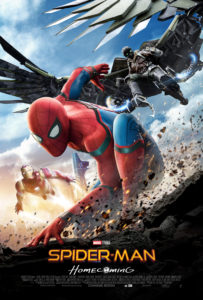
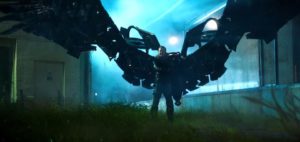
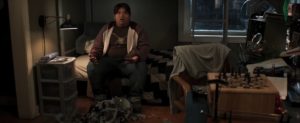
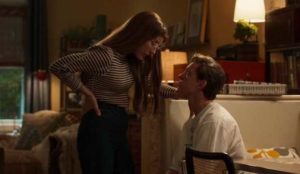
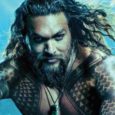
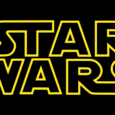
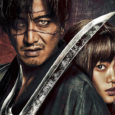

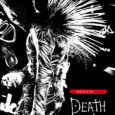
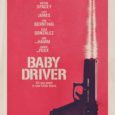
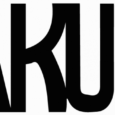
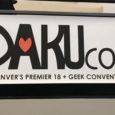



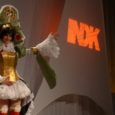
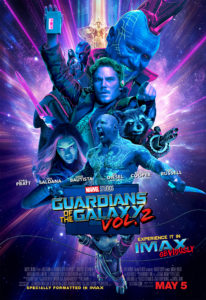
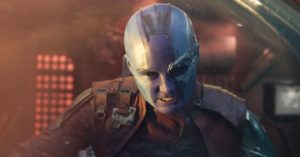
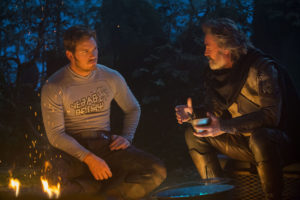
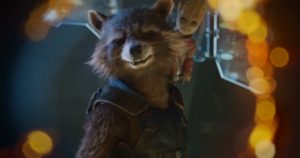
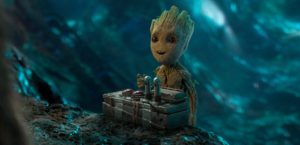
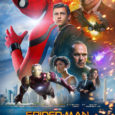
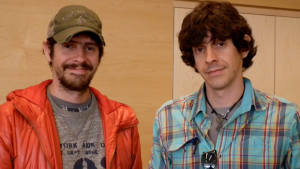
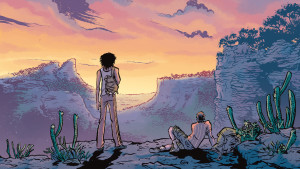
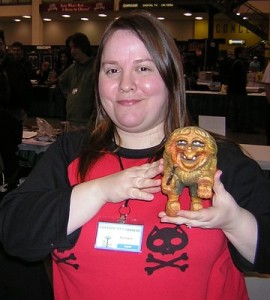
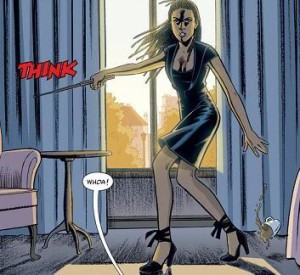
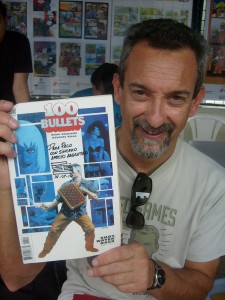
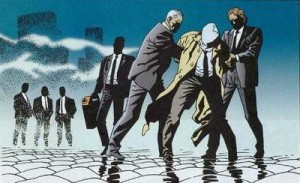
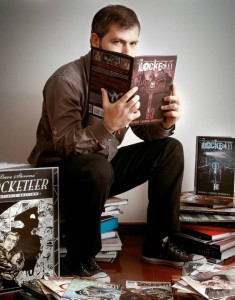
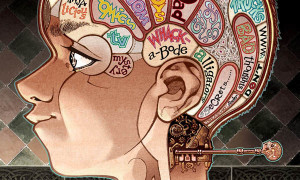
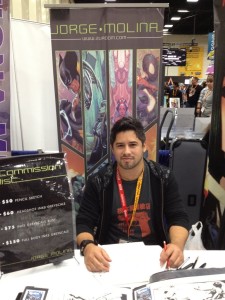
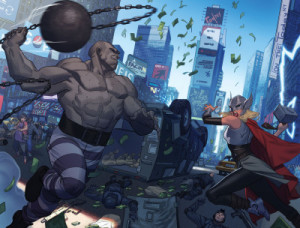
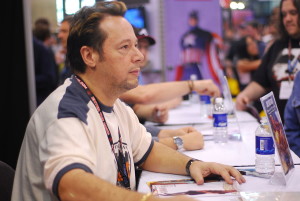
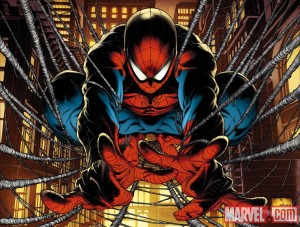
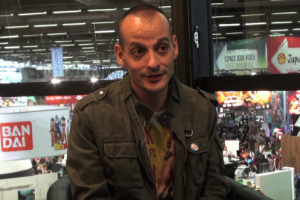
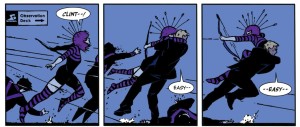
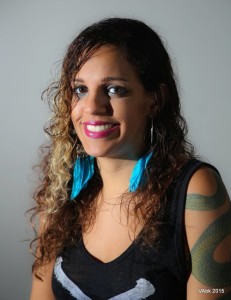
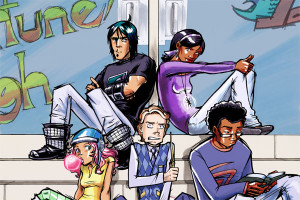
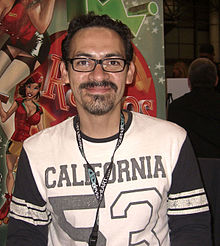
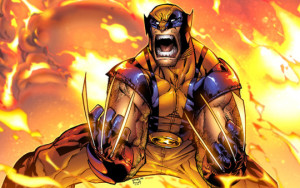

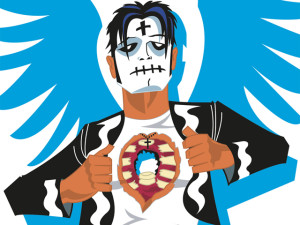
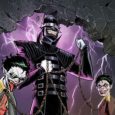
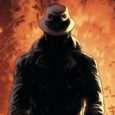
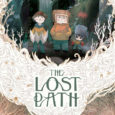


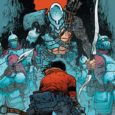
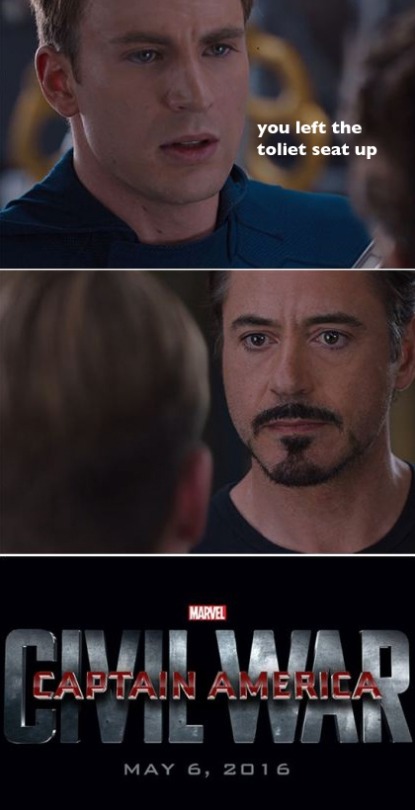
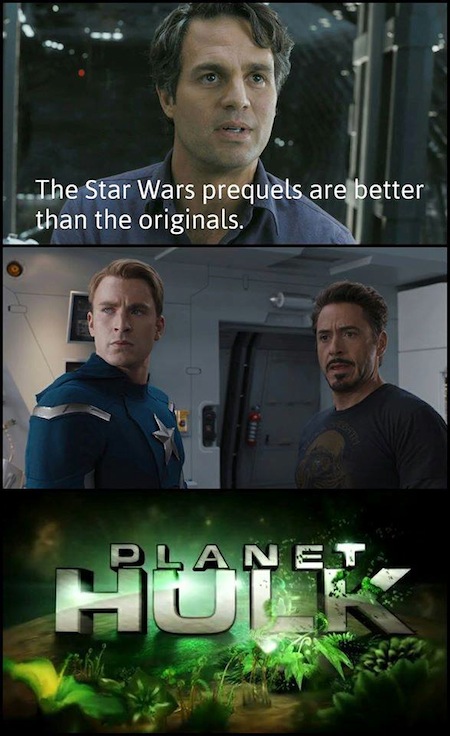
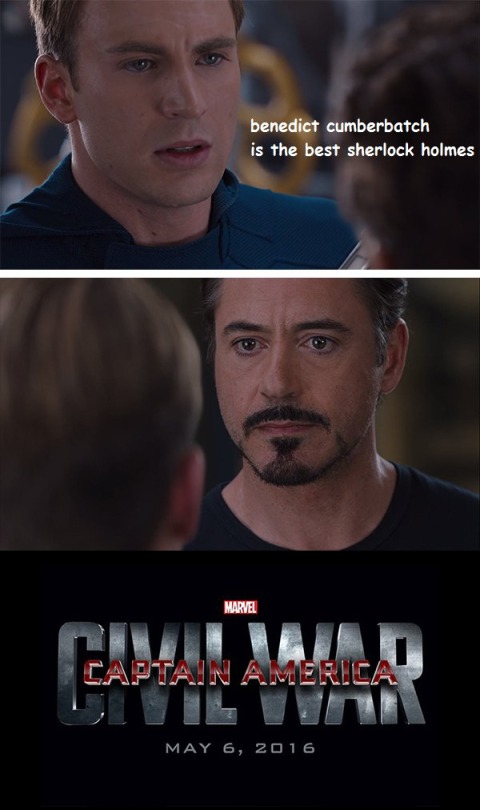

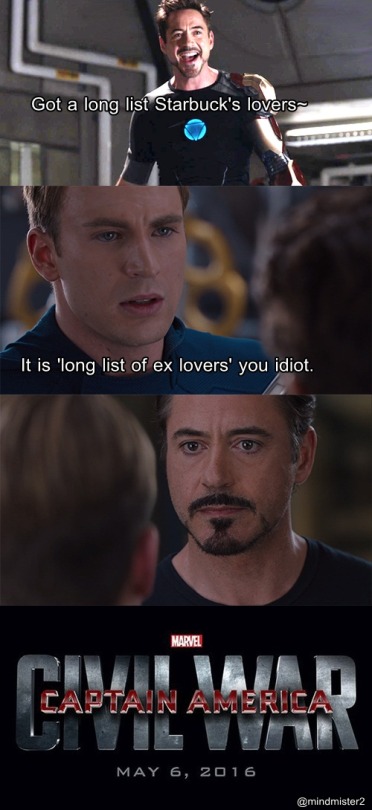

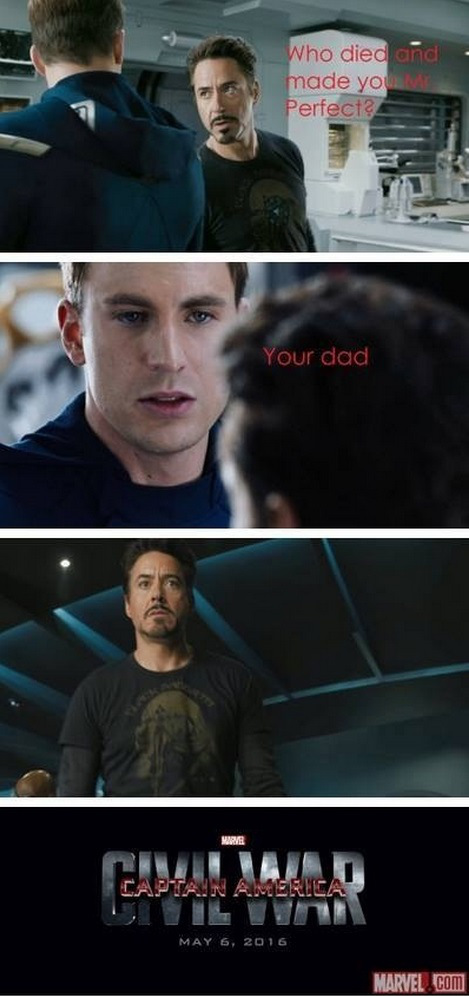
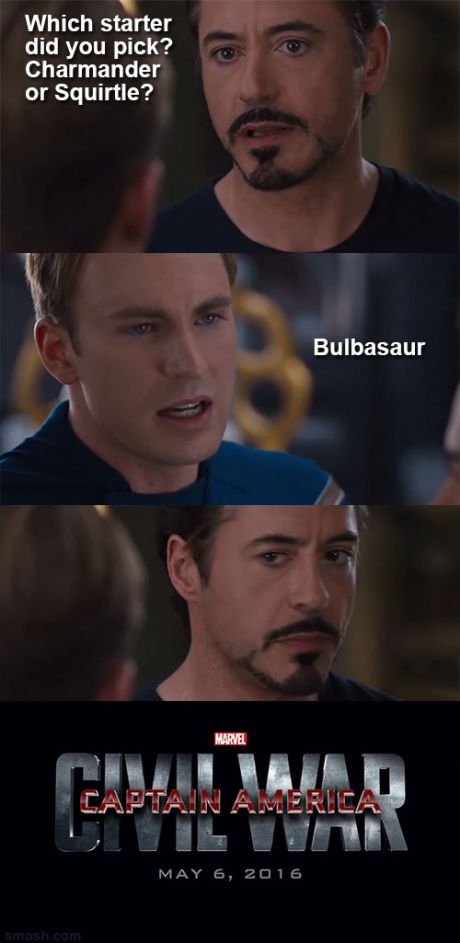
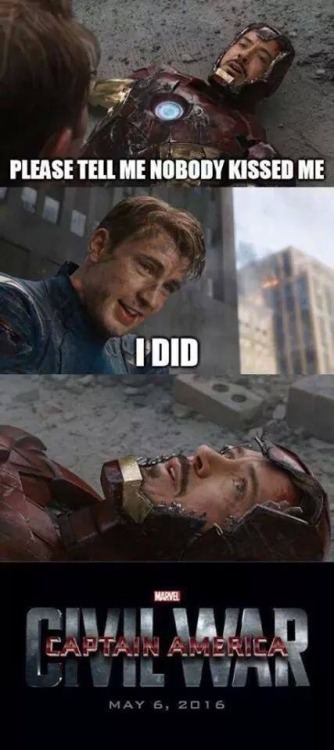

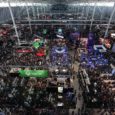
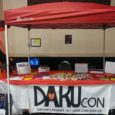

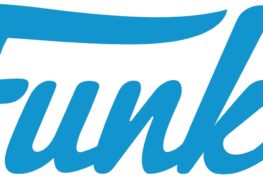




A-Force #1 hits shelves May 20th
Dr. Lepore,
Allow me to preface this letter by saying your accolades and background are far and above my own, as I am but a woman in the comics industry, in particular a woman who manages a comic book store. I’ve carried your book, “The Secret History of Wonder Woman,” in my shop to great success, and I was interested to read your thoughts on A-Force, a comic that has my female customers absolutely excited to pick up.
I’ve never been so disappointed.
Aside from the glaring lack of research and absence of any actual insight from professionals in the industry, there are problems with your article that could have been solved with a simple Google search. For example, you state, “The A-Force is a race of lady Avengers, led by She-Hulk, who come from a “feminist paradise,” but I don’t know what that could possibly mean, because they all look like porn stars.” This isn’t the first time a hero like She-Hulk has come under fire for her appearance, and it certainly won’t be the last, but this is a problematic sentence. Without researching a little about She-Hulk, and learning she is in fact one of the most feminist heroes we geeks have, you reduce her (and based on your sentence structure, everyone else on the team) to a porn star, like they can’t be feminists or heroes.
Later, you liken the costume of the complex, three dimensional character of Pepper Potts to a shirt one would borrow off a boyfriend, even if that boyfriend is genius, billionaire, playboy, philanthropist Tony Stark, just because you can see the outline of her breasts. I wish that were the end to the disservice, but you then go on to claim Nico Minoru, a sorceress once considered for the Sorcerer Supreme, is lame, perhaps due to her fashion choices, and that Thor and Loki, just became women, when in fact Norse mythology is remarkably genderfluid. Is any of this apparent based on a first issue of a new series that is packed characters who, combined, have been in print for over 100 years? No. But what costume design or breast size would communicate any of that to a new reader or 4th grade boys?
Perhaps you were concerned with how much of female superheroes are drawn for the male gaze, which is a completely valid concern. Let’s talk about how to fix that. How do we reclaim She-Hulk from the fantasies of teenage boys, if that’s all a grown woman like yourself sees when she opens A-Force? I pictured She-Hulk as she is and turned an imaginary boob-dial in my head to reduce her cup-size… and my stomach churned. It felt like body-shaming a powerful character that I adore, and would adore no less if she had a different figure than the one she’s had for almost 25 years. I understand your superficial criticism, but not your implied solution.
There are definitely still strides to be made by Marvel in both its cinematic universe and comics themselves, in character costume and characterization, but the writers in mention, Joss Whedon and G. Willow Wilson, are doing something greater than “re-inventing” the female superhero. They are attempting to diversify the people we see as super heroes in our media. G. Willow Wilson, writer & co-creater of the latest Ms. Marvel, Kamala Khan, is responsible for a groundbreaking series that has been consistently breaking print and digital run records featuring a minority: a Muslim teenager. This series in particular marks the first time I’ve seen girls and women of a Muslim background even come into my shop, PURELY BECAUSE they can see themselves in Kamala. Let’s say the mother of one of these girls reads The New Yorker and sees the heroes Kamala is fighting alongside likened to porn stars. Do you see how this could be detrimental to something so good? Again, you harp on She-Hulk for not being an example of a “better female character” when Jennifer Walters is single-handedly a demonstration of “what women might be if they were freed from fears of judgment and the threat of physical danger.” She is an accomplished lawyer, a respected member of the Avengers, and secure in her appearance without having to sacrifice her sexuality, so tell me…how is she not one of the best female characters we have?
A-Force is marketed as a team of able superheroes of all ages, shapes, and sizes, and is something to be lauded, not ridiculed because they happen to have breasts. Do they not have identities? Do they not matter because their superhero moniker doesn’t have “-man” tacked on at the end? Sure, I’ll be the first one to agree that I wish their armor/costumes weren’t plastered to their perky boobs all the time, because the point that that is what Captain Comics and Mr. What took away from the issue at the breakfast table shouldn’t be ignored. Granted, pre-teen boys aren’t the biggest demographic purchasing comics in this modern age, but at least here I can agree that it’s unfortunate that their view of what women can be as superheroes is clouded by their cleavage size.
I had hoped there’d be some more mention of the plot, as America Chavez has also recently come onto the comic scene (and another girl of color, no less), and become a fan favorite, but it looks like your unfamiliarity with everyone minimized what was taken in, story wise. I urge you to judge our female characters less harshly in the future because the industry has come a long way since the creation of Wonder Woman, and I suggest you pick up a couple of books and become a fan through their stories, and not dismiss them for the skin they show. Most shops will have softcover copies of Ms. Marvel: No Normal or She Hulk: Law and Disorder, or hell, you can always tweet at the vast network of female comic retailers (@LCSValkyries), or myself, and we’ll all be glad to give you recommendations to broaden your appreciation of the modern female superhero.
Lastly, Jessica Rabbit’s iconic line is symbolic of the prejudice she is subject to based on her sexualized appearance. It’s ironic you use it in your article as a closing statement, where you’ve done the same to the cast of A-Force.
Sincerely,
Leia Calderon
REVIEW | The Batman Who Laughs – #1
REVIEW | Doomsday Clock #4
Review | The Lost Path by Amélie Fléchais
Emerald City Conversation with Jen Wang
REVIEW | Doomsday Clock #2
Top 10 Comics of 2017